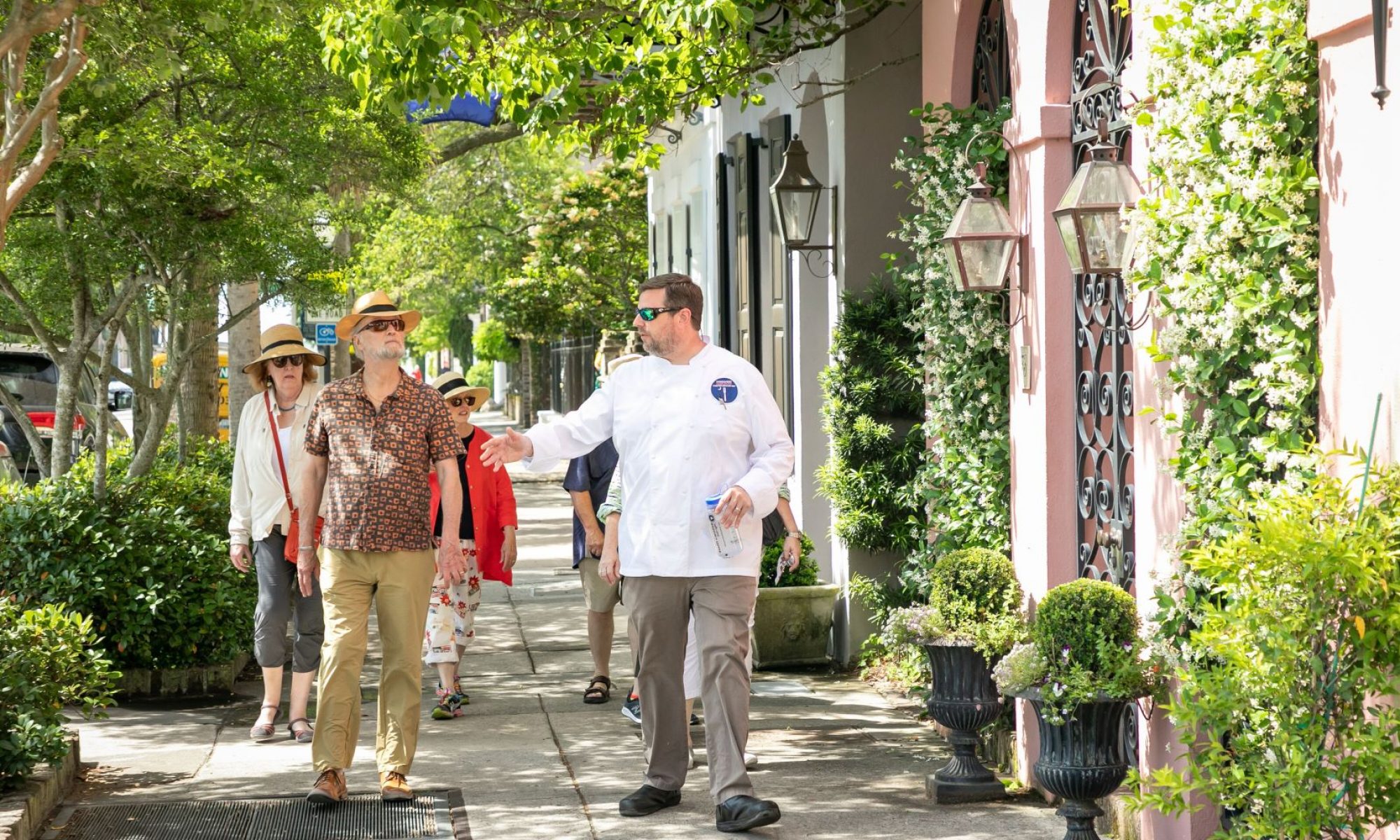At the Bombay Indian Restaurant / Bombay Bazaar, Robert Moss, who spent some time in India this year, had a fantastic write up about this combination of Indian grocery store and restaurant back in October. While I generally love Robert’s writing, I did feel that he did the restaurant a disservice by largely overlooking a large part of the menu. Out of the 3 Indian restaurants we have in the area (The other 2 are Nirlep and Taste of India West of the Ashley), Bombay Bazaar is the only one to feature Southern Indian items regularly. Comprised of the states Tamil Nadu and Kerala (the home of the Malabar Coast and some of the world’s finest spices) the cuisine in the South of India is radically different from that of the North. Just like here, Italy, France, China or almost any significant food culture.

So frequently when we think of India, we think of the food of the North, of the Moghuls, of the Sikhs (Gov. Haley’s people), and India’s bread basket, the Punjab. We think of basmati rice, biryani’s and tandoori chicken or lamb. My guess is that’s what we’ve educated our palates based on what we’ve eaten off buffets somewhere, at some point. Though not as commonly familiar in the US, Indian Southern food strikes me as even more diverse. Hotter hots and cooler cools. The profusion of flavors, spices and textures continues to astound.
The Indian South has such a long melting pot story, interspersed with trade from the Arabs, migration of Syrian Christians and Jews and the Chinese. Their cuisine is certainly reflective and inclusive of all these, but the whole is greater than the sum of its parts.
Such is the case at the Bombay Indian Restaurant. While (if you really must) they do offer a lunch time buffet, the real deal is here on the menu. That’s where you’ll find the goodies like Masala Dosa. Made from a thin, fermented crepe batter of rice and lentil flours, the dosa is filled with a dry curry of onions and potatoes. Traditionally served with a thick coconut chutney or a thin sambar. Dosai are a treat unto themselves, what with that happy juxtaposition of crispy and chewy and all. I’ve been to restaurants that featured on the order of 20 different styles of dosai, with different fillings and made from different batters (cream of wheat?) and they are almost always exciting.

Another Southern Indian staple is the Vada, a savory do-nut concoction made from urad-dal, or black lentils. They’re great eaten straight or dipped in a tamarind rasam, a thin, sour soup. I’ve eaten these cold at a Minneapolis chaat stand (Bombay – style street snacks), covered with yogurt and cucumber salad.
Idli are trouble, so eater be warned. Small, football shaped dumplings made of fermented rice and lentil flours, they are designed to soak up any kind of sauce, curry or broth they get near. They are superlight and you can seriously put a hurtin’ on yourself if you are not careful. You see, they absorb moisture in your stomach and expand. My buddy Chef Brian Owenby once ate 14 of them in one sitting, and paid a terrible price. Be careful, eat lightly, and do not miss idli.

Utthapum, or appum as they are called, are South India’s answer to Japanese Okonomiyaki or Sri Lankan hoppers. A mix of savory vegetables in a crispy pancake form, these pre-date the fifth century and are great for sharing. I’d previously eaten hoppers at a Sri Lankan restaurant, where the norm was to enjoy them with a lightly poached egg, rip the hopper, pinch the curry and then kind of swirl it around in the egg yolk. As Southern Indian food is largely vegetarian, please don’t make the faux pas I did of asking for your appum with an egg. Kind of like asking for cheese on your corned beef in a kosher deli.
At any rate, while many consider India to be one of the world’s truly great cuisines, it is the food of India’s South that comes across as the most complex, so frequently robust and yet at times surprisingly subtle. We are blessed to have an available option for some of this remarkable cuisine here in Charleston. It is not the definitive experience, but it will give you an idea of what else is out there. When you’re finished eating, hit up the market next door – it’s kind of hard not to.
Some suggested reading on Southern Indian food and culture may be found here, here and here.


The food here looks delicious! I’ll have to check it out!